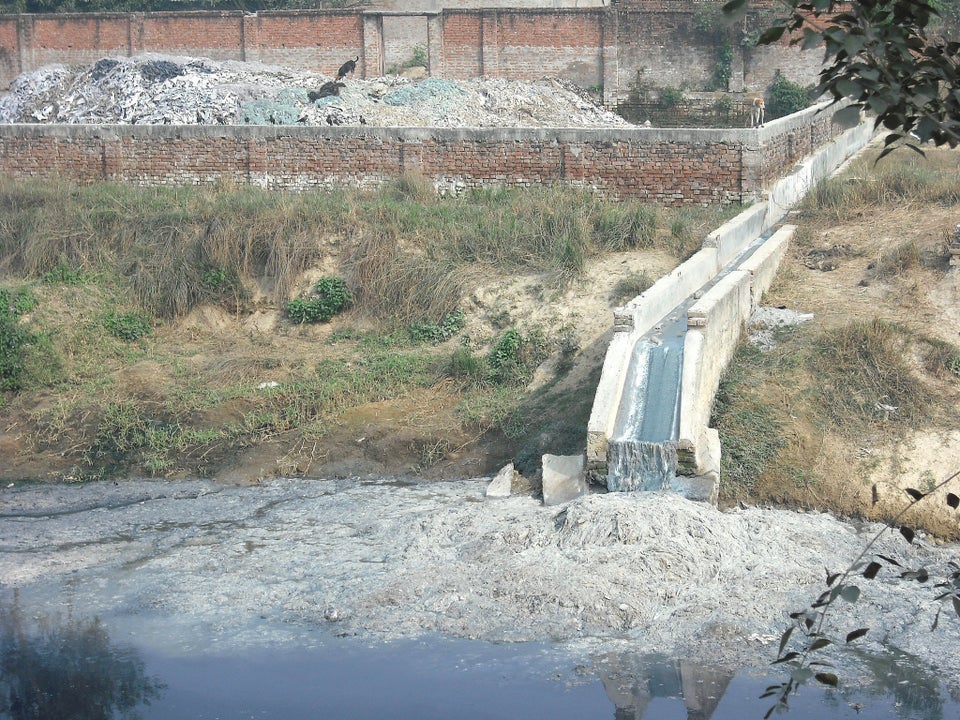Natural resources such as water, trees, land, and minerals are the base of products we use every day. But through intense manufacturing and complex supply chains it can be difficult to picture where these products even originated and what they went through before reaching our homes. These products probably won't be disappearing from your life anytime soon so it's beneficial to understand the inputs and impacts to have complete information and choose sustainable options. Here are the main environmental concerns of 5 items you come across even before you leave the house:
1. Coffee. Water pollution and deforestation are environmental impacts that plague our morning cup of joe. In 2005, 85% of the forested areas in a national park in Sumatra, Indonesia had been illegally deforested and converted to coffee plantations. Moreover, one of the major sources of river pollution in Central America is coffee processing plants since large volumes of wastewater are generated from the separation of the coffee bean from the cherry. To minimize the environmental footprint, look for shade grown or traditionally grown coffee which is highly beneficial to biodiversity conservation in tropical forest ecosystems. Shade grown coffee also has lower chemical inputs than conventional coffee because the natural vegetation reduces plants' susceptibility to pests.
2. Toothbrush. The plastic and nylon that make up the handle and bristles of your toothbrush both come from petroleum, a non-renewable resource with a long list of negative environmental impacts. Manufacturing nylon not only creates nitrous oxide, a greenhouse gas 310 times more potent than carbon dioxide, but it's an energy and water intensive process that results in runoff. Although it's difficult to get away from the nylon bristles, alternatives do exist. Most environmentally friendly toothbrushes are made from recycled plastic from other products such as from yogurt containers or medicine bottles, or renewable resources such as wood or bamboo.
3. Cotton clothing. Growing cotton is water-intensive: according to WWF, it can take 2,700 liters just to produce the cotton needed to make a single t-shirt. That is enough water for one person to drink for 900 days. Most of the world's cotton is grown in the U.S., Uzbekistan, China, and India and it is also considered one of the dirtiest crop due to reliance on insecticides that decrease biodiversity and contaminate local water sources. Consider organic cotton which doesn't rely on insecticides so soil nutrients and biodiversity can be preserved and other natural materials that require less water, a resource in increasingly short supply.
4. Plastic Containers. Between shampoo bottles, yogurt, and tupperware to pack lunch in, plastic is a mainstay of the morning routine. Plastic is made from petroleum, a fossil fuel which releases toxins and greenhouse gases that contribute to climate change, According to NRDC, it has been estimated that the plastic industry emits 14% of the most toxic industrial releases, including styrene, benzene, and trichloroethane. Many resort to plastic because it's lightweight, cheap, and reliable, but glass containers are an easy and smart alternative; glass is made from sand, silica and limestone, which are less environmentally damaging to extract than petroleum, and not to mention, less toxic.
5. Cell phone. Cell phones are composed of gold, silver, platinum, and copper, which are all rare earth elements that are in finite supply and drive the global extractive industry. Sources of such rare earth elements are located all over the world, but the majority of these mines are in China. Toxic mine drainage is probably the biggest environmental concern associated with gold-mining and it can displace communities, contaminate drinking water, hurt workers, and destroy pristine environments. It pollutes water and land with mercury and cyanide, endangering the health of people and ecosystems. Unfortunately, the extraction of most metals and minerals exhibit similar environmental impacts and there are currently no effective metal substitutes for producing cell phones.
It's easy to forget or often we don't even know what natural resources are utilized to produce our most prized possessions that we have come to rely on every day. However, it is important not to take these resources for granted and consider ways in which to we can reduce use or choose more environmentally friendly alternatives. Why not start the day off right by considering that the products you use often started out as raw materials in foreign countries, and the long journey they went through before making it to your home?
___________________
Also on The Huffington Post:
